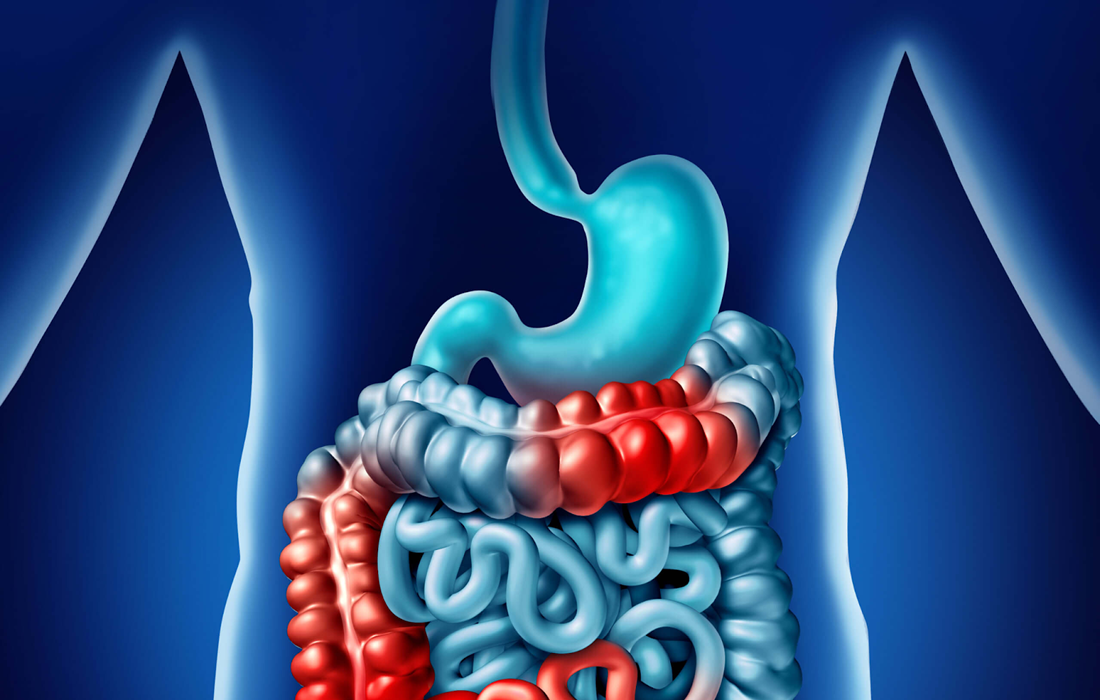Stem Cell Therapy for Specific Conditions
Stem-Cell Hydrogels Therapy Shows Success Treating Perianal Fistulas
Inflammatory bowel disease (IBD) includes Crohn’s disease (CD) and ulcerative colitis (UC) and is a complex, multifactorial, immune-mediated illness . There are approximately 6.9 million IBD cases globally, and this number is rising.
Currently, it is estimated that 780,000 patients in the United States suffer from CD, and 33,000 new cases are diagnosed each year . Perianal fistulas (PAFs) occur in approximately 30 to 40% of CD . PAF in CD (CD-PAF) is estimated to affect more than 15,000 new patients each year . CD-PAF can be associated with perianal pain, purulent or feculent drainage, frank fecal incontinence, and superimposed infections. These complications of CD-PAF are associated with reduced quality of life and morbidity.
Current clinical treatment strategies aim to promote long-term fistula healing while avoiding incontinence and diverting stomas . These approaches, however, are successful in less than 50% of patients .
A newer treatment of CD-PAF consists of allogeneic adipose-derived stem cells (ADSCs) injected into and around the fistula tract
Florin M. Selaru, M.D., associate professor of medicine and oncology; director of the IBD Center at Hopkins and the Atran Professor in IBD Research at Johns Hopkins Medicine, and his team designed injectable, biodegradable, mechanically fragmented nanofiber-hydrogel composite (mfNHC) loaded with stem cells that can be injected inside the fistula tract, and showed a higher degree of healing, reducing the size of fistulas six-fold, in comparison to surgery.
Selaru says previous studies and current clinical trials have shown stem cell injection around fistula tracts have helped with local healing. However, the stem cells are unlikely to be retained around the fistula tract for any meaningful duration of time that may allow for any significant healing. The hydrogel created by the team can be injected directly into the fistula tract. It is infused with nanofiber fragments that give the substance enough stiffness to anchor the stem cells in place at the site of the fistula, so they don’t migrate away. This will assist with tissue regeneration and promote healthy healing.
The gel built a scaffold that retained the stem cells at the site of the fistulas and promoted regenerative healing. Results showed the gel had an overall reduction in volume of the fistula tract by six times, compared to surgery.
Selaru cautions, however, that these very encouraging results need to be verified in human trials. The experiments conducted thus far have laid the foundation of such translational future studies. The team plans to continue this work and to improve the gel, including exploring the idea of a foam version.
SOURCE:
Ling Li, Zhi-Cheng Yao, Alyssa Parian, Yueh-Hsun Yang, Jeffrey Chao, Jason Yin, Kevan J. Salimian, Sashank K. Reddy, Atif Zaheer, Susan L. Gearhart, Hai-Quan Mao, Florin M. Selaru. A nanofiber-hydrogel composite improves tissue repair in a rat model of Crohn’s disease perianal fistulas. Science Advances, January 4, 2023; 9 (1) DOI: 10.1126/sciadv.ade1067

